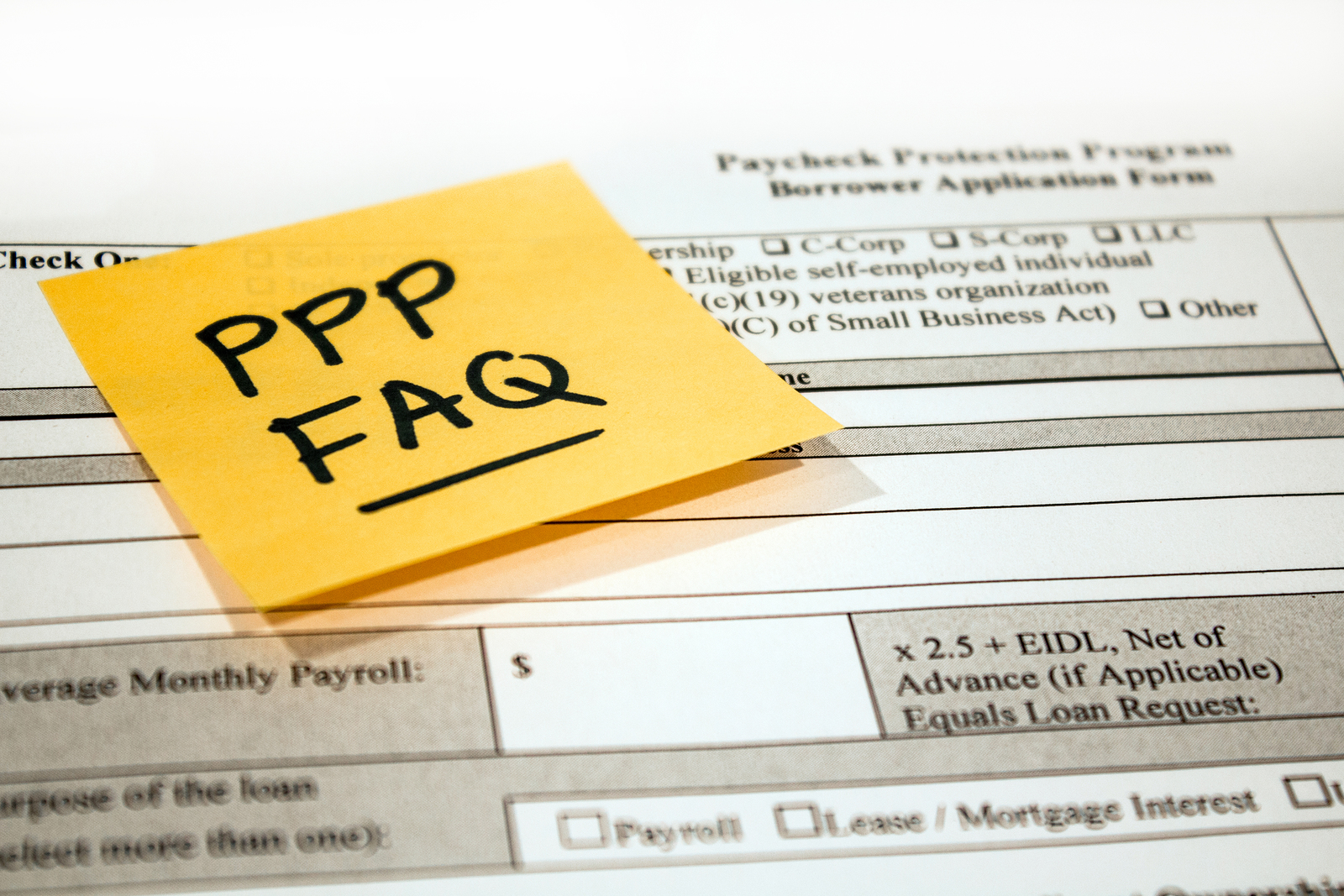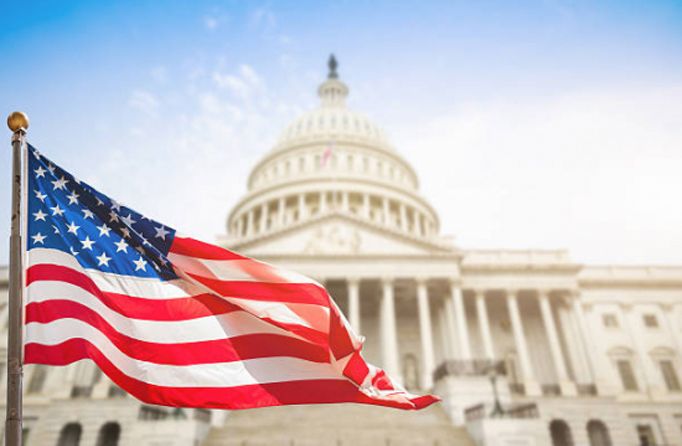On March 27, 2020 the Coronavirus Aid, Relief, and Economic Security Act (CARES Act) was passed into law. The CARES Act is intended to deliver immediate relief to companies and individuals adversely affected by the pandemic COVID-19. Several provisions in the new law impact qualified retirement plans 401(k)/403(b), Gov’t 457, IRA’s, resulting in new withdrawal and repayment options, excise tax relief, and repayment holidays for new and existing plan loans.
What is the new withdrawal option provided by the CARES Act?
The corona-virus related distribution, referred to as a COVID-19 distribution, is the new withdrawal option included in the CARES Act legislation. COVID-19 distributions are intended to deliver immediate financial relief to participants negatively affected by the Coronavirus by permitting plan withdrawals subject to certain limits.
The COVID-19 distribution is unique because it comes with potential repayment options, relief from excise tax penalties, and flexibility on the timing of income tax payments. Participants must be qualified individuals to take advantage of the special provisions included in the CARES Act. Plan Sponsors must amend their plans to include the relief provisions designed in the CARES Act.
Who is a Qualified Individual?
A qualified individual is one who:
• Was diagnosed with COVID-19 by a CDC recognized test.
• Has a spouse or dependent diagnosed with COVID-19
• Experienced adverse financial consequences as a result of being:
o Quarantined
o Furloughed or laid off
o Reduced work hours
o Unable to work due to lack of childcare as a result of COVID-19
o Reduced work hours due to the COVID-19 diagnosis of a business owner
COVID-19 Distributions
Are there limits to how much qualified individuals may request as a COVID-19 distribution?
Yes, there are limits. COVID-19 distributions may be as high as 100% of your vested account balance,
with a maximum withdrawal amount capped at $100,000. COVID-19 distributions must be taken on or before December 30, 2020.
Are there limits to the number of COVID-19 distributions qualified individuals may request?
No, if total COVID-19 distributions do not exceed $100,000 or 100% of the participants vested account balance, you can request as many COVID-19 distributions as you need including multiple plans/IRA’s.
Are COVID-19 distributions subject to taxes and/or penalties and if so when are they due?
A COVID-19 distribution is subject to ordinary income taxes unless it’s a qualified Roth withdrawal. It is NOT subject to excise tax (10%) penalties. COVID-19 distributions deliver flexibility on the timing of federal income tax payments. Guidance on state income taxes has not been provided so the following information pertains to federal income taxes only:
As a qualified individual, you may elect to receive COVID-19 distributions with no federal income taxes withheld. Normally, 20% must be withheld for federal taxes. The entire distribution will be subject to federal and applicable state income taxes at a future date.
Normally, distributions are subject to ordinary income tax during the applicable calendar year. But, if you need additional financial relief, you can elect to spread income tax payments over a three-year period. For illustration purposes let’s assume the COVID-19 distribution is $12,000, it is received in April 2020 and no monies have been withheld for taxes, here are your options:
• Option 1. The COVID-19 distribution may be treated as ordinary income subject to federal and applicable state taxes in the year of the distribution (2020). Taxes on the $12,000 COVID-19 distribution will be payable on or before April 15, 2021 unless extensions apply.
• Option 2. You may elect to spread income taxes on you $12,000 COVID-19 distribution over the next three years to reduce the amount of taxes due on or before April 15, 2021.
Your federal and certain state income taxes would include payment on one-third of the total distribution each year. Income tax on $4,000 ($12,000/3) resulting from the COVID-19 distribution will be due in 2020, 2021 and 2022.
Can I repay my COVID-19 distribution as soon as my financial situation improves?
YES! This is one of the most innovative features included in the CARES Act because qualified individuals who need money “now” for financial emergencies can get it and repay their accounts within a certain time frame to avoid taxation. This critical feature enables savers to keep their “nest eggs” intact and growing for their future retirement income needs. COVID-19 distributions are designed to provide immediate relief for what everyone hopes will be a temporary financial crisis.
You can repay COVID-19 distributions to your plan or IRA entirely or partially up to three years beginning on the day after you receive the distribution.
Here are some examples of receiving a $12,000 COVID-19 distribution on April 30, 2020:
• On or before December 30, 2020 you may elect to repay the entire distribution back to the retirement plan or IRA to avoid paying income tax on the entire distribution in 2020.
• If you need additional time to repay your account, you may choose to recognize 1/3 of the income over three years in equal payments. In this example, that means paying back $4,000 per year.
Any portion of the distribution you pay back in each tax year by the due date for filing (including extensions) reduces your taxable income for that year. Therefore, if in 2020, if you only repay $1,500, then $2,500 of income is subject to income tax in 2020 [$4,000-$1,500]. Special tax forms will be required to be filed and you should coordinate with a tax professional.
Special Note: If in 2021 or 2022 you make repayments in excess of $4,000, the excess amount can be used to adjust your 2020 income tax by filing an amended income tax return.
Loan Policy Changes
Does the CARES Act deliver relief for qualified individuals with existing loans or those who need additional loans?
YES! The CARES Act includes payment relief to qualified individuals with existing outstanding loans as well as additional loan capacity to reduce short term financial burdens.
These provisions deliver “relief”, but they do not eliminate or waive loan repayments entirely. Each provision requires Plan Sponsor approval and amendments which are considered on a plan by plan basis. Please contact your plan administrator to learn what options are available. The loan provisions are complicated, you are strongly encouraged to consult with your financial advisor and/or tax professional for assistance.
1. Loan Limits- The CARES Act loan limits for qualified individuals have been increased to the lesser of 100% of vested account balance or $100,000.
Plan Participants who are not “qualified individuals” are subject to traditional IRS loan limits which are the lesser of 50% of vested account balance or $50,000 respectively.
2. Loan Repayment Relief- The CARES Act provides a payment holiday for qualified individuals with existing loans of up to one year. Interest on all loans continues to accrue while payments are suspended, but the payment grace period offers participants a better chance to recover from the COVID-19 economic crisis. Here are some scenarios;
a. As a qualified individual and Plan Participant, you may request a loan in April 2020. Interest on the loan begins to accrue immediately. However, loan repayments will not start until April 2021.
b. Qualified individuals with outstanding loans may request to have their loan repayments suspended immediately for up to one year. When payments commence, the additional interest accrued will be amortized and added to your remaining payment schedule. For example, if you have three years of loan payments left, you will still have three years of loan payments this time next year.
3. Loan Defaults- Loans that are not fully repaid will become taxable and may be subject to the 10% early withdrawal penalty if defaults occur after December 30, 2020.
Common Plan Withdrawal Options
Does the CARES Act impact common “in-service” withdrawals?
NO The CARES Act has no effect on in-service withdrawal plan features. However, you should plan carefully if you have been impacted by COVID-19 because alternative distributions may be more favorable.
In-service withdrawals typically apply to actively employed participants who are age 59 1/2 or older. Not all plans offer these options. In-service withdrawals are subject to ordinary income taxes excluding qualified Roth distributions. But, they are not subject to IRS 10% early withdrawal penalty.
• All in-service distributions are subject to mandatory income tax withholding (20% federal), and applicable state income taxes.
• All in-service withdrawals are subject to taxes in the calendar year of the distribution.
Does the CARES Act impact Hardship Withdrawal?
NO The CARES Act has no effect on plan hardship withdrawals. However, you should plan carefully because alternative distribution methods may be more favorable.
Hardship withdrawals are only available to actively employed participants. The amount of the hardship is limited to what is required to satisfy very limited financial needs, for example, to prevent eviction or mortgage foreclosure from your primary residence. This is a taxable distribution subject to the except in certain medical circumstances.
• At the time of hardship distribution, a participant may elect to have NO federal or state income tax withheld. Absent an election, a default 10% federal tax and any applicable state income tax are required to be withheld.
• Any hardship withdrawal is subject to ordinary income taxes plus excise tax penalty if applicable in the year of distribution.
Does the CARES Act impact Termination of Employment Withdrawals?
NO The CARES Act has no effect on terminated employees. Former employees may request their account balance anytime. If they are qualified individuals, they may avoid current taxation and penalties as described above. If they are not qualified individuals, distributions will continue to be subject to ordinary income tax and excise tax penalty if applicable as well as mandatory IRS withholding



